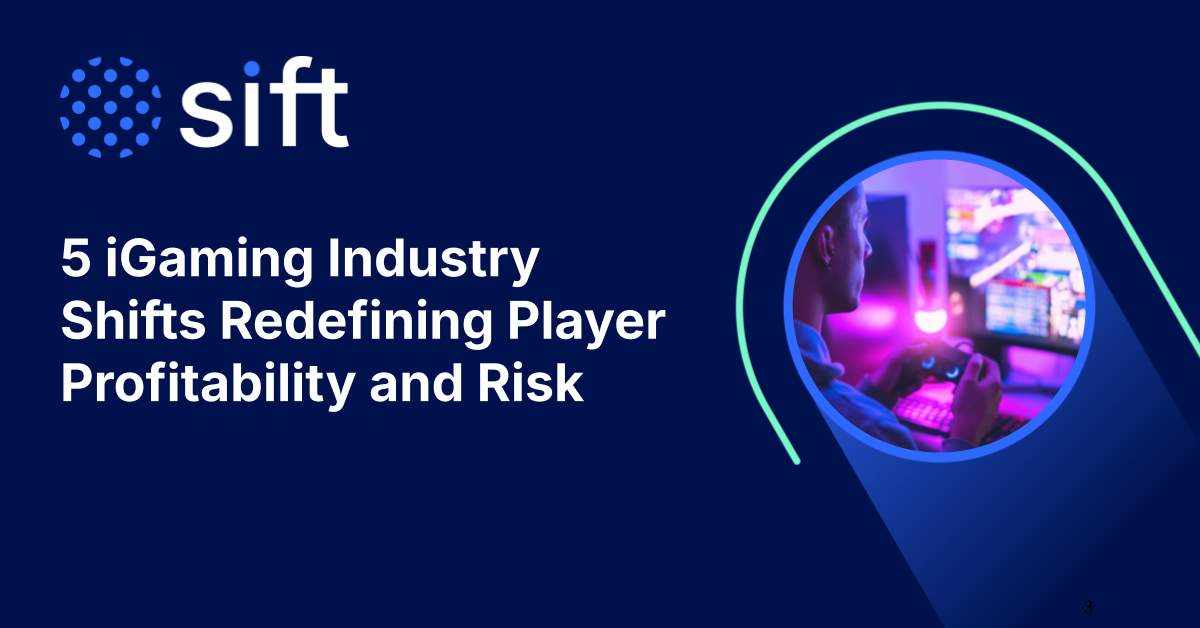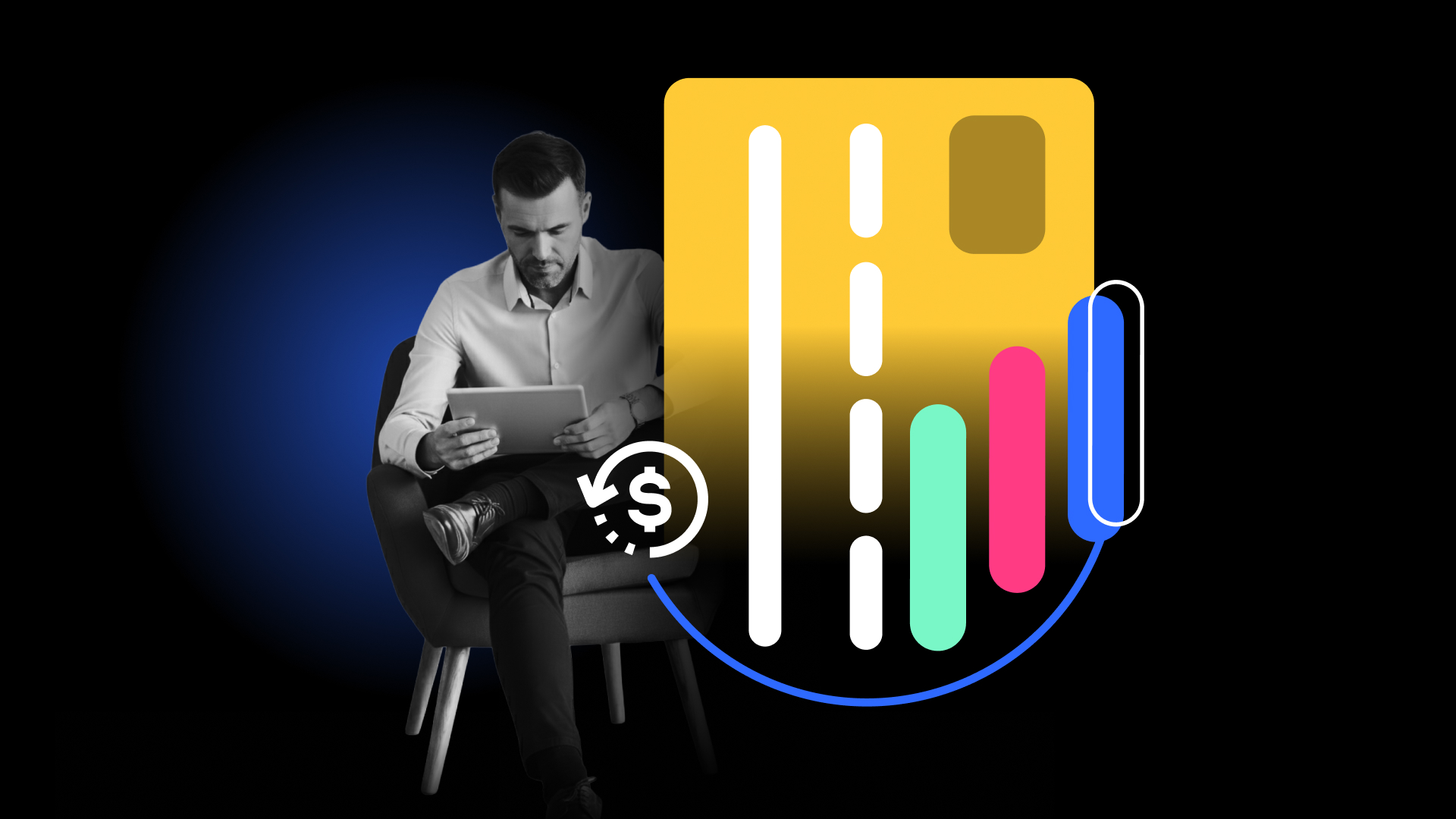As we step into the new year, it’s essential to take a comprehensive look at the fraud trends from the previous year to better understand seasonality and plan effectively. We’re excited to announce that updated data for Q4 2024 is now available in our Fraud Industry Benchmarking Resource (FIBR). This extensive data provides valuable insights into the challenges and trends faced by various industries during the critical fourth quarter. Here’s a detailed look at the key findings and trends that fraud and risk professionals need to be aware of.
A Birdseye Look at Q4 Fraud Insights
October, November, and December mark some of the busiest months of the year for online transactions, and 2024 was no exception. Holiday spending reached its peak in Q4, causing transaction volumes to go through the roof and bring down the average payment fraud attack rate (the percent of orders blocked due to fraud out of total transactions). As volumes drop back down in Q1, payment fraud rates may subsequently go up. In contrast, general chargeback rates (percent of transactions that resulted in chargebacks) spiked in Q4, up 75% YoY and 10% QoQ. This shows a continued trend of increasing chargebacks. Our Q4 2024 Digital Trust Index highlights a 19% increase in the average chargeback rate between Q4 2023 and Q1 2024, indicating a growing trend of contested transactions, which could continue into 2025.
Account takeovers (ATOs) were also heavily impacted by increased online activity and spending leading up to the holidays. The ATO attack rate (percent of blocked, pending, or failed logins out of total logins) across the Sift network soared by 56% year-over-year (YoY) in Q4, and 22% quarter-over-quarter (QoQ). Fraudsters are increasingly turning to ATO in order to steal customers’ payment information or personal data, and hide behind increased online traffic over the course of Q4 to get through undetected.
Breaking Down Industry Trends
Every industry has unique fraud trends—especially when it comes to seasonality. Let’s take a look at how a few key verticals fared in Q4. By understanding these industry-specific trends and challenges, fraud and risk professionals can better prepare and implement strategies to combat fraud effectively.
Ticketing & Reservations
The ticketing and reservations industry has become increasingly targeted by fraudsters over time. High-demand events, such as Taylor Swift concerts, have pushed ticketing platforms to accept more transactions quickly to meet customer expectations, which unfortunately opens the door to more fraudulent activities. This increased pressure to process transactions rapidly can lead to higher fraud rates, evident by the 16% YoY increase in the payment fraud attack rate in Q4.
Online Gambling
The online gambling industry deals with stringent regulations, resulting in low fraud rates despite high transaction volumes. The luxury of time allows for more thorough transaction reviews, which helps in maintaining low fraud rates. In Q4 2024, the average payment fraud attack rate among online gambling companies was 96% lower than that of the entire network.
Year-over-year, the online gambling industry has experienced a 15% decrease in its general chargeback rate. This promising trend reflects the effectiveness of the industry’s regulatory framework and fraud prevention strategies.
Food & Delivery
The food and delivery sector, in contrast to restaurant ordering, experiences significant spikes in traffic during holidays such as Halloween and the day before Thanksgiving. The holiday-based surge in activity is related to rising food fraud, as more transactions move online. In Q4, the payment fraud attack rate rose 11% QoQ in food and delivery. Due to the need for quick transactions, the sector has a much lower rate of manual reviews compared to the overall average, making it more susceptible to fraud.
The food service industry has seen a drop in chargebacks in Q4. However, this trend may reverse in Q1 as the volume of transactions normalizes. The industry must remain vigilant and continue to implement effective fraud prevention measures to maintain this positive trend.
More Ways for Sifters to Interact with FIBR
Sift users can access even more detailed insights within Sifters, our customer community. This customer-exclusive data features more in-depth metrics, including median order amount and fraudulent order amount trends by industry, plus chargeback reasons by industry. Sift customers can leverage this invaluable data to gain deeper visibility into the digital risk landscape and make more informed risk decisions.
Sifters is open to all Sift users, offering access to Sift documentation, education, and the world’s best network of digital risk professionals. The community serves as a centralized hub for sharing fraud trends with peers, solving industry-wide challenges, and contributing to a growing global knowledge base. Explore FIBR for more fraud insights.







